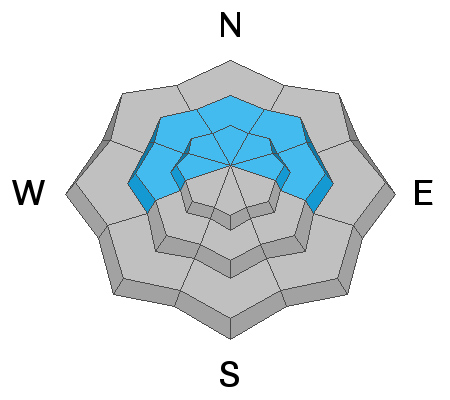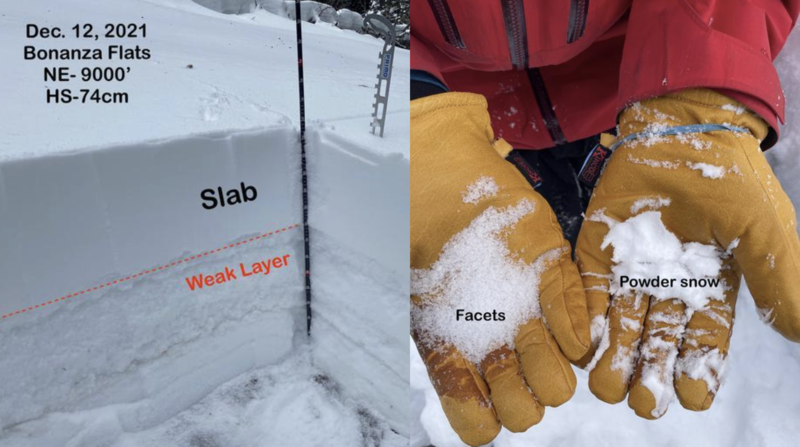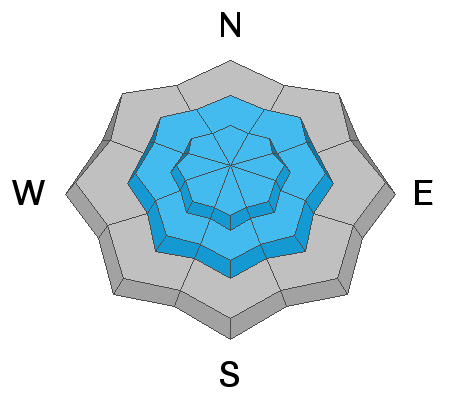Forecast for the Provo Area Mountains

Issued by Nikki Champion on
Wednesday morning, December 15, 2021
Wednesday morning, December 15, 2021
Today, we have a CONSIDERABLE avalanche danger on all steep mid and upper elevation slopes facing west through north through east where fresh wind drifts and new snow sit atop of the weak faceted snow. There is a CONSIDERABLE danger on southerly upper elevation slopes. Stay off of and out from underneath slopes 30° degrees and steeper at the mid and upper elevations. If you trigger an avalanche, it is likely to break down 1-3' and up to several hundred feet wide.
The remaining mid-elevation aspects have a MODERATE danger. All lower elevation aspects have a LOW danger due to low snow.
There are three avalanche problems to watch for: (1) triggering a slab avalanche 2-4' deep in the weak faceted snow, (2) soft slabs of wind drifted snow that would likely steep down into the weak snow below, and (3) sluffing within the new snow.

Low
Moderate
Considerable
High
Extreme
Learn how to read the forecast here










